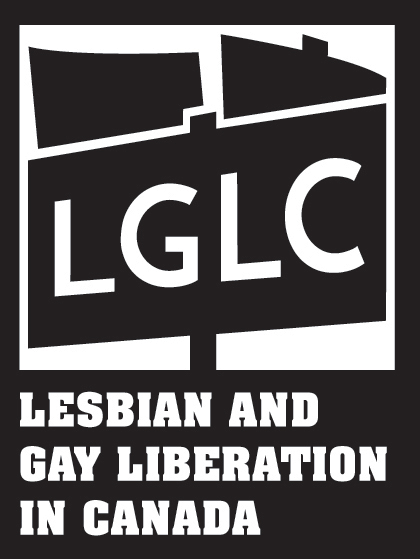What is gay liberation? How do the politics and activism of the 1960s and 1970s differ from contemporary queer politics and activism? What is the best way to preserve gay liberation history and ensure the transmission of our cultural history across generations? What are best ways to digitize and visualize Canada’s gay liberation movement?
These are the questions that we hope to answer with the Lesbian and Gay Liberation in Canada project. We hope the project will help you answer the questions that have brought you here, too.
Lesbian and Gay Liberation in Canada (LGLC) reconfigures two books, Don McLeod’s chronologies Lesbian and Gay Liberation In Canada: A Selected Annotated Chronology, Volume 1, 1964-1975, and Volume 2, 1976-1981, as a data set allows users to explore the people, places, events, and publications that defined Canadian gay liberation history. We have encoded Don McLeod’s text using a form of XML called TEI (the language of the Text Encoding Initiative) for publication within CWRC. We have supplemented the digitized text with additional data about the people, places, organizations, and periodicals mentioned in McLeod’s books. The aggregation of our data within CWRC greatly extends the LGLC’s utility, bringing our records into conversation with information about other social, literary, and cultural movements. To learn more about the LGLC’s technical specifications and editorial choices, visit lglc.ca/editorial.
A Selected Annotated Chronology
The LGLC project team is indebted to Don McLeod for so generously allowing us to work with his chronology. Lesbian and Gay Liberation in Canada: A Selected Annotated Chronology, Volume 1, 1964-1975 was originally published by Homewood Books in 1996. The book is a chronology of the first twelve years of the organized homophile/gay liberation movement in Canada. The start date of the chronology corresponds with the formation of the Vancouver-based Association for Social Knowledge (ASK), the first large-scale homophile organization in Canada. The end date coincides with the founding of the National Gay Rights Coalition/Coalition national pour les droits des homosexuels (NGRC/CNDH), the "first truly national coalition of Canadian lesbian and gay groups" (McLeod, Lesbian and Gay Liberation In Canada V.1 viii). Lesbian and Gay Liberation in Canada: A Selected Annotated Chronology, Volume 2, 1976-1981 continues the series. The second volume concludes in 1981, "the year of the Bath Raids in Toronto and the beginning of the first press reports concerning AIDS" (McLeod, Lesbian and Gay Liberation In Canada V.2 ix). The word selected in the title refers to the limits that were placed on the material covered—the book focuses primarily on "self-declared lesbians and gay men and their activities in regard to the forging of lesbian and gay communities and liberation in Canada" (viii). Therefore, the book dedicates its foremost attention to demonstrations, political actions, lobbying, and legal reforms.
What is Gay Liberation?
Gay liberation was a militant, radical, and unapologetically visible gay rights movement. In stark contrast to the politics of the 1980s and beyond, the movement was anti-assimilationist, rejecting heterosexual norms and compulsory nuclear family structures. To counter the repression of gay men and lesbians that mainstream culture espoused, gay liberationists developed highly eroticised utopian politics in direct opposition to mainstream respectability. They pioneered new forms of consciousness raising, created a vibrant print culture, won legal reforms, and developed successful strategies for supporting survivors of assault. That said, the movement itself was not without internal schisms and debate: gay men who focused on their own sexual libertarianism could be blind to gender-based power imbalances, and lesbian groups, often finding themselves at odds with both the gay liberation and women’s liberation movements, splintered off to form their own organizations based around distinct sets of demands. In its early years few gay and lesbian liberationists addressed class- and race-based oppression or trans rights. LGLC traces the progress of the movement, its varying political aims, its developing diversity, its setbacks, and its triumphs.
LGBT rights movements have remade themselves, generation after generation, often without engaging with the political work of predecessors. We hope that the LGLC project will serve as a welcome resource for those who want to learn from, study, and build on the rich history of gay liberation in Canada.

